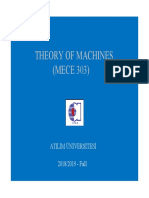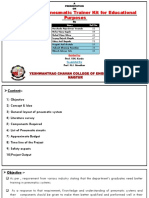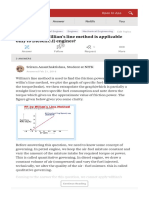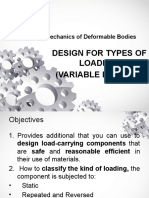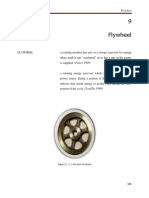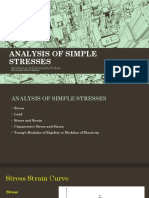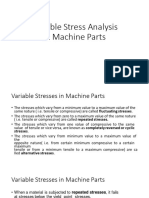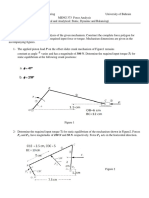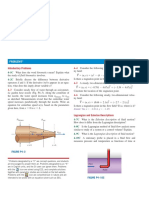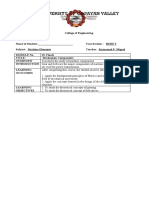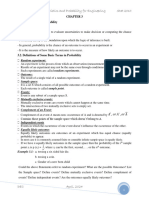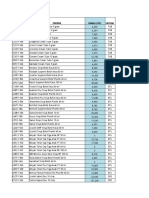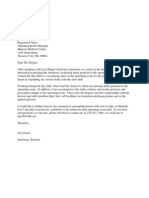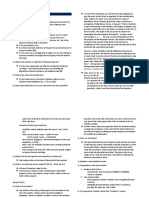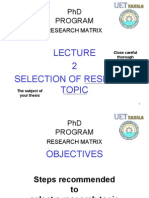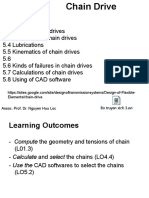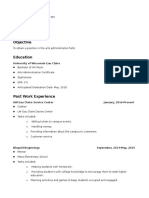0% found this document useful (0 votes)
137 views42 pagesEngineering Mechanics for Defense Students
The document outlines the course for Engineering Mechanics I which covers topics such as basics of statics, force systems, equilibrium, analysis of structures, internal actions in beams, centroids, area moments of inertia, and friction. The course assignments include homework, quizzes, tests, assignments, and a final exam which contribute different percentages towards the overall assessment. The course is intended to provide foundational knowledge in mechanics for engineering students.
Uploaded by
Habtie WalleCopyright
© © All Rights Reserved
We take content rights seriously. If you suspect this is your content, claim it here.
Available Formats
Download as PDF, TXT or read online on Scribd
0% found this document useful (0 votes)
137 views42 pagesEngineering Mechanics for Defense Students
The document outlines the course for Engineering Mechanics I which covers topics such as basics of statics, force systems, equilibrium, analysis of structures, internal actions in beams, centroids, area moments of inertia, and friction. The course assignments include homework, quizzes, tests, assignments, and a final exam which contribute different percentages towards the overall assessment. The course is intended to provide foundational knowledge in mechanics for engineering students.
Uploaded by
Habtie WalleCopyright
© © All Rights Reserved
We take content rights seriously. If you suspect this is your content, claim it here.
Available Formats
Download as PDF, TXT or read online on Scribd
/ 42

